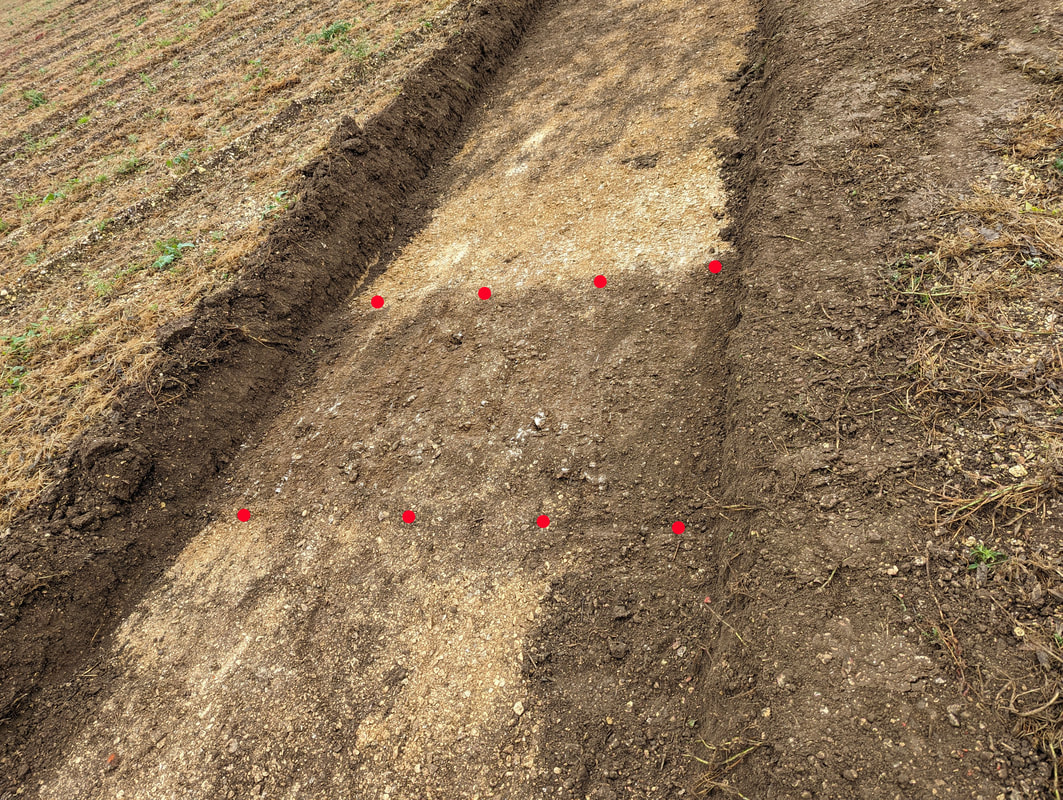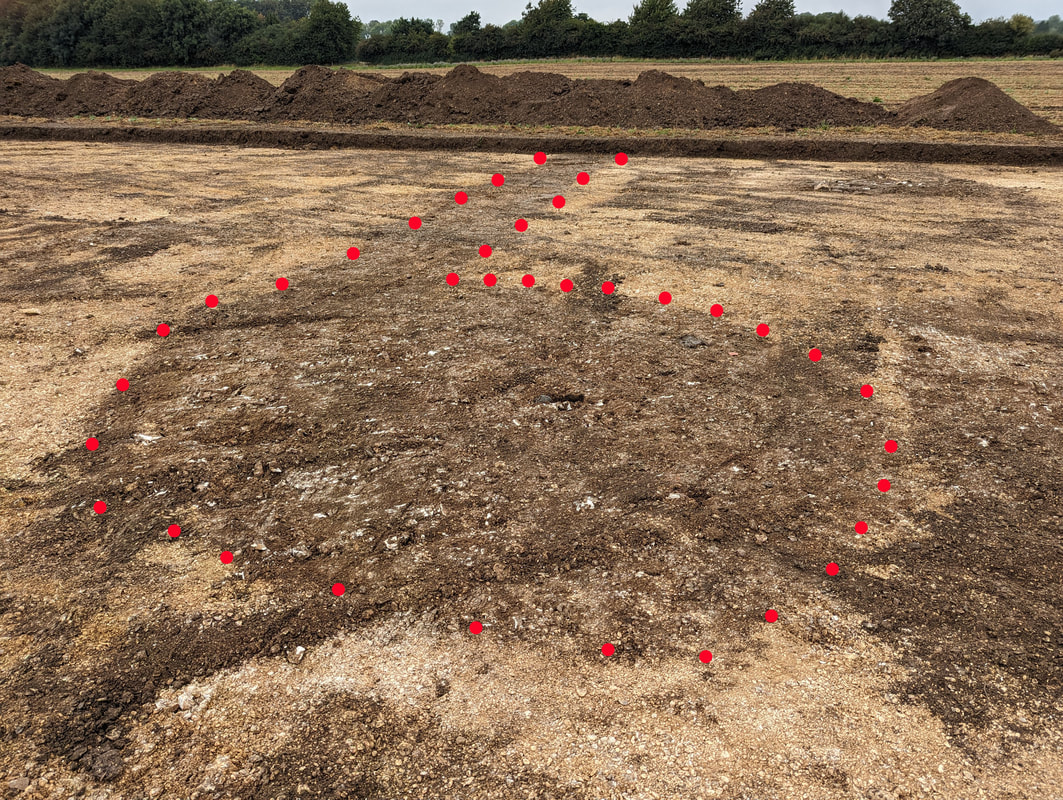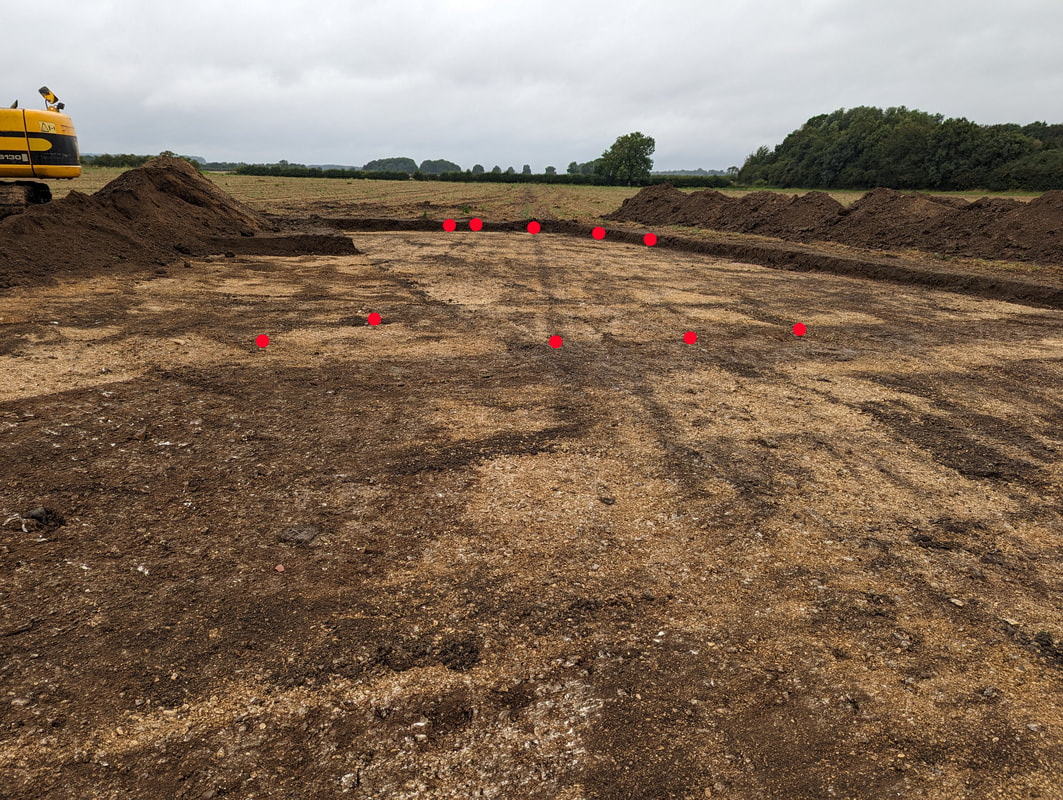As per the last post we published where 4 Anglo-Saxon coins were recovered, we recovered another 5 coins, one of them being extremely rare.
The coin is a new variety of sceat, being that of King Alchred AD 765 - 774.
Another surprising fact is that we have only recovered a few pieces of pottery, and that is from any period!
No Saxon pottery as yet, but Medieval and a couple of Roman sherds have surfaced.
What is strange is that we've recovered 7 Roman brooches and fragments as well as other Roman metallic items, but very little pottery.
As can be seen from our Flickr site, there are several Medieval metallic artefacts but, again, proportionately less pottery.
Another oddity is the lack of C12th to C15th coinage with only 2 coins coming up, a Richard Ist penny and your good old favourite, a penny of Edward Ist.
We're going to venture back soon to carry on our survey and see if any more interesting artefacts come to light.
Meanwhile, here's a link to our latest finds <here>
We'll report back soon.....




 RSS Feed
RSS Feed
